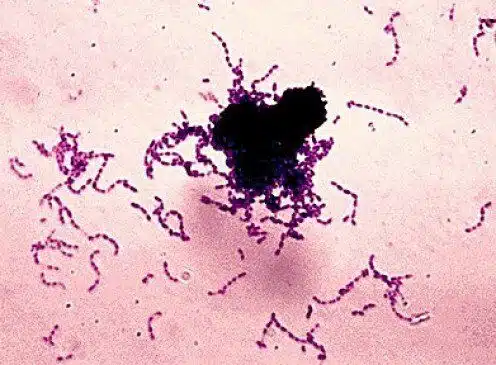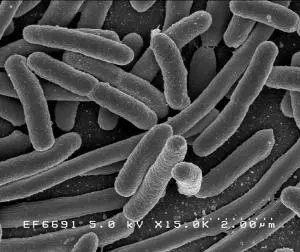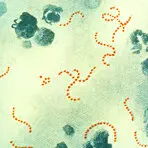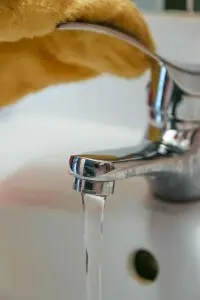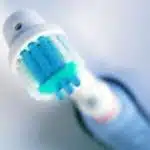If you’ve ever seen a toilet cleanser commercial, you probably have the impression that bathroom germs are nasty little monsters with the intent to ruin your day. Not the most accurate depiction out there, but things are about to get worse. In TV commercial, germs are depicted as cowardly – they run away at the first sight of a cleanser. Real-life germs are much more persistent and they don’t want to ruin your day – they want to ruin your life. How to win this war? As always, by educating yourself about the enemy.
The Most Common Bathroom Germs
- E-coli – Escherichia coli is a fecal-born bacteria which lives in your intestines and its main purpose is to help digestion.
- Salmonella – Salmonella is a bacteria usually associated with animals. One of the most common ways of getting it into your body is by eating undercooked or raw food. Once in a human organism, salmonella is commonly spread elsewhere by not washing hands after using the toilet or not closing the lid while flushing. The symptoms of salmonella poisoning are cramps, vomiting and diarrhea.
- Shigella – A close relative to Salmonella, Shigella is the leading cause of diarrhea, responsible for an estimated number of 80-165 million cases each year worldwide. Unfortunately, the outcome of nearly 600,000 of this cases is death. One of the most common ways of getting infected is by coming in contact with contaminated surfaces like toilet handles and lids.
- Streptococcus – A bacteria that causes streptococcus disease. Although very common and mostly harmless,
- Campylobacter – Campylobacter is commonly found in undercooked and raw poultry, so it’s not that big of a surprise that it can find a way into humans as well. However, campylobacter is also found in kittens and puppies, so there’s another way for it to appear in your bathroom. The symptoms of campylobacter poisoning include nausea, headaches, diarrhea and vomiting.
- Mycobacterium avium subspecies paratuberculosis (MAP) – This bacteria may not be as well-known as the ones previously mentioned, but that doesn’t mean it poses less of a danger. On the contrary. MAP is widely believed to be one of the major causes of Crohn’s diseases. According to scientists from Lancaster University this dangerous bacteria lurks in one in 10 domestic showers.
How to Prevent Poisoning
- Unclog the drains – Finding a solution to the problem of blocked drains is the matter of a phone call. Don’t allow your drains to become a gathering place for bacteria that can harm your family’s wellbeing.
- Clean your bathroom thorough and regularly – Still, drains are not your only problem.
- Wear slippers – If you want to be extra cautious, every one of your family members should have their own pair.
- Let the water flow for a couple of minutes – This may go against all of your frugal instincts, but leaving the water flow for a couple of minutes before using the shower will cut the chances of picking up MAP to a minimum.
- Don’t use soap for washing your hands – Liquid soap is a more prudent solution.
By definition, the home is the place where we feel safest. As we can see, that safety has to be fought for. And now it’s time to finally gather your weapons and put an end to this long, exhausting battle.

Say Hi to SelfWeightLoss’s Guest Authors! Many talented authors have submitted their article and contributed to get it bigger. Browse through this page. You may find the right author for you. If you think you would like to contribute to the blog, Please visit this page: https://selfweightloss.com/write-for-us and follow its guidance. Thank you!



